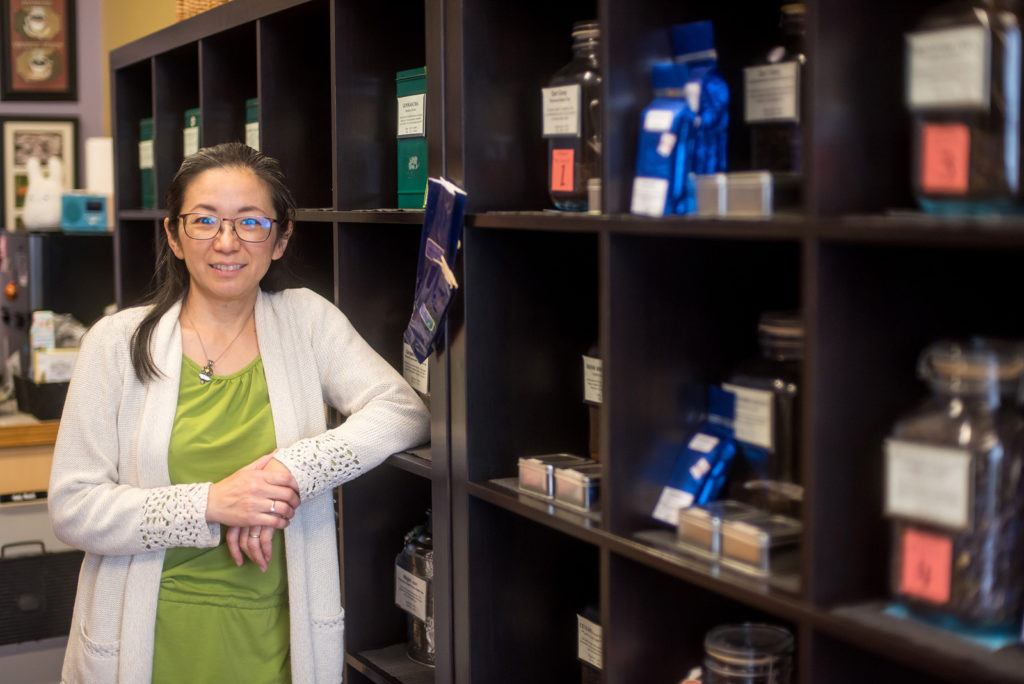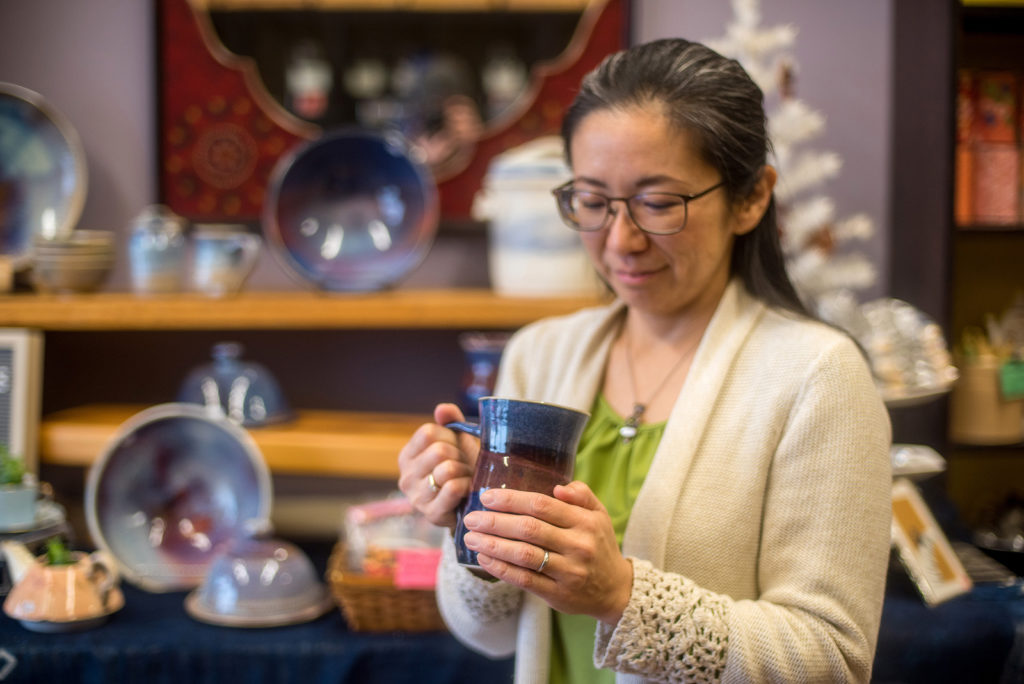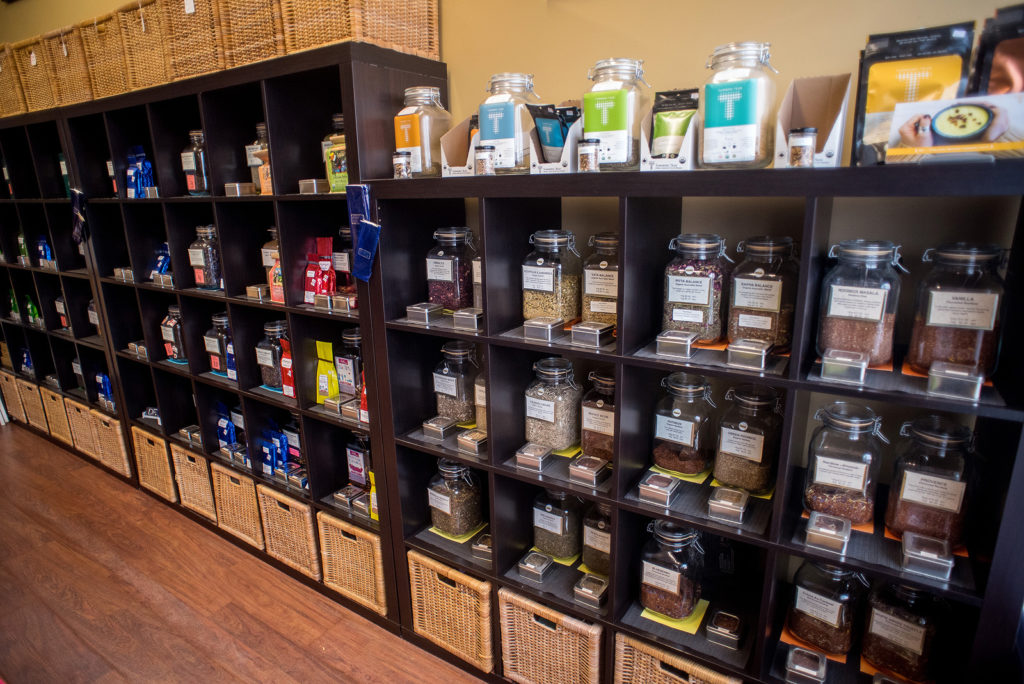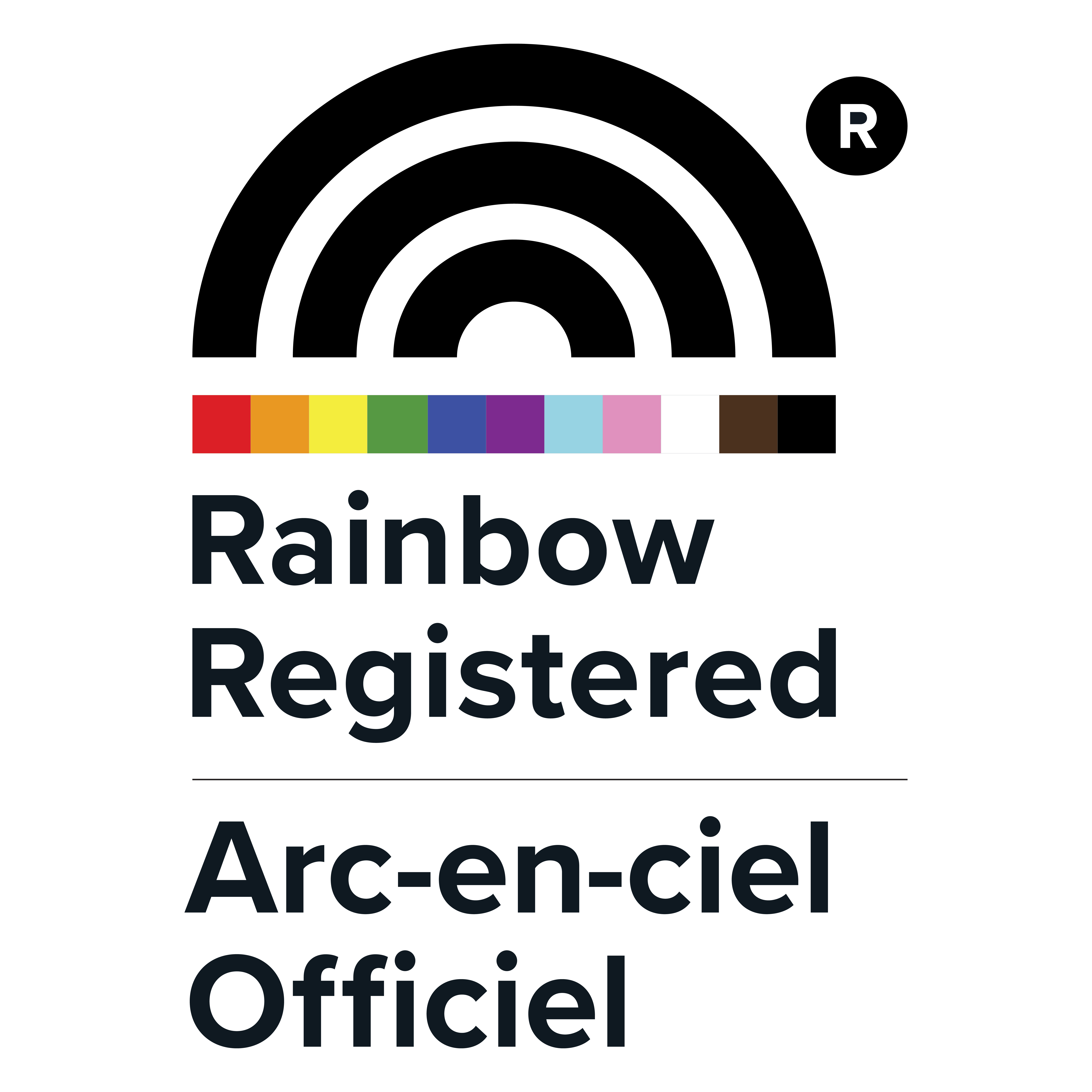Cha Cha Tea | 506 Days Road | Website
The word for “tea” in Japanese is “cha.” And “tea” in Chinese is also “cha.” And when Kaoru Miller’s first daughter was just a toddler, she called her mom “Cha Cha.” So it was obvious to Kaoru exactly what she should name her tea store when she opened the Kingston business in 2006: Cha Cha Tea.
Kaoru loves tea – so much so that she became a certified tea sommelier. She has studied the various types of camellia senensis, the plant from which all teas – white, green, and black – come, and the regions where it is grown. She is knowledgeable in food pairings and tea blending. (She created the house blend of tea for Days on Front restaurant.)
Cha Cha Tea carries a wide selection – about 80 different kinds – of black, green, and white teas, as well as herbal infusions.

Black tea comes in many varieties. There are those that come from a single estate: these include Assam, Ceylon, Darjeeling, and Kenyan. Like wine grapes that come from a single vineyard, single estate tea leaves are picked from a single tea garden.
There are also blended black teas, like the popular Breakfast types (English Breakfast, Irish Breakfast, and Canadian Breakfast). And there are flavoured varieties, like Earl Grey, a black tea with bergamot oil for a citrus twist. Cha Cha Tea has a number of variations on the Earl Grey classic, like its Buckingham Palace Garden Tea Party blend, which includes jasmine and green tea leaves for a more delicate flavour.
And then there’s the green tea. “Ninety-five per cent of the green tea grown in Japan stays in Japan,” says Kaoru. “It was really hard for me to find good-quality, fresh green tea outside of Japan.” But she persevered, finally connecting with the owner of a small Japanese tea garden. Now she buys directly from the grower and is able to offer fresh green tea, from this year’s crop, to her discerning customers.
White tea is also very delicate in flavour: it is white because its leaves hadn’t yet opened when they were picked. “When sunshine hits tea leaves, they start to produce tannin,” Kaoru explains. Tannin creates the colour in black tea and also its bitterness.

Kaoru likes to start her day with a cup of black tea. In the afternoon, she switches to Oolong tea. (Oolong leaves are partially oxidized, somewhere between white and black leaves.) “And with Oolong tea, you can re-use the same leaves many times,” she says. And at night, a soothing peppermint tisane is a favourite.
She also sells children’s teas, for kids who want to join their parents in an at-home tea party. But the children’s “teas” are made with dried herbs and fruits, not the actual leaf of camellia senensis, so they don’t have any caffeine.
So, what’s your preference? A cup of fruity Rooibos tea or a calming infusion of lemongrass with turmeric? If you’re overwhelmed about the selection at Cha Cha Tea, or just want to try something new, Kaoru can point you to a tea that matches your mood or the occasion. Each package of tea comes with specific steeping instructions according to its type, so you can brew each cup to perfection. You can visit Cha Cha Tea at 506 Days Road (at Gardiners Road) or shop online at www.chachatea.com (free shipping in Canada is offered for orders of $58 or more.)
Sidebar: How long can you keep tea?
Tea doesn’t go bad, but it does lose its flavour over time. Kaoru recommends that green and white teas be consumed within three months, and black teas within six months, of purchasing.





















